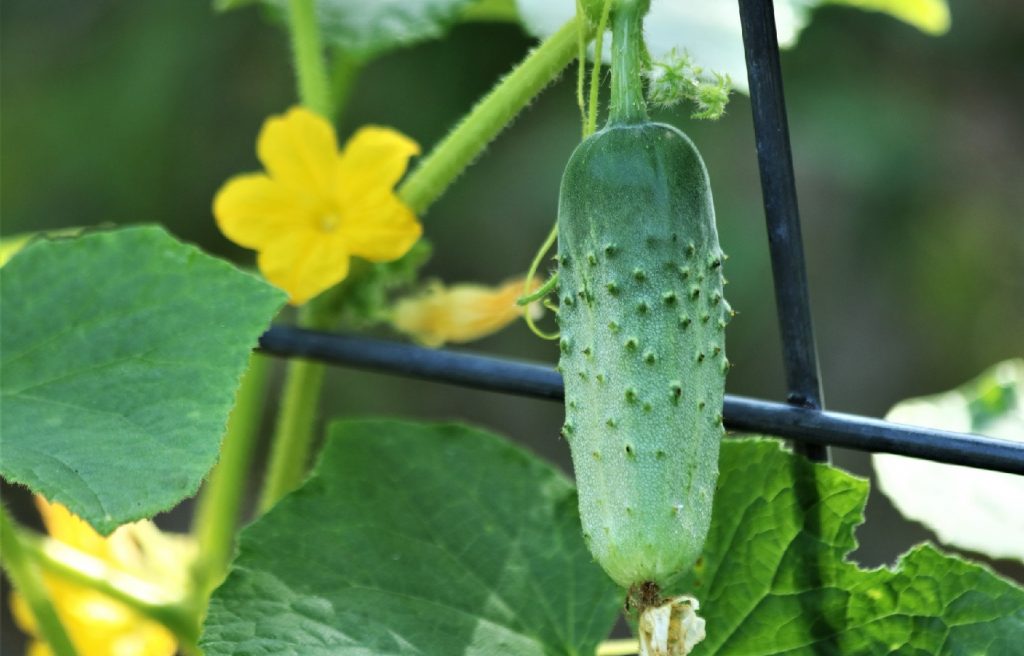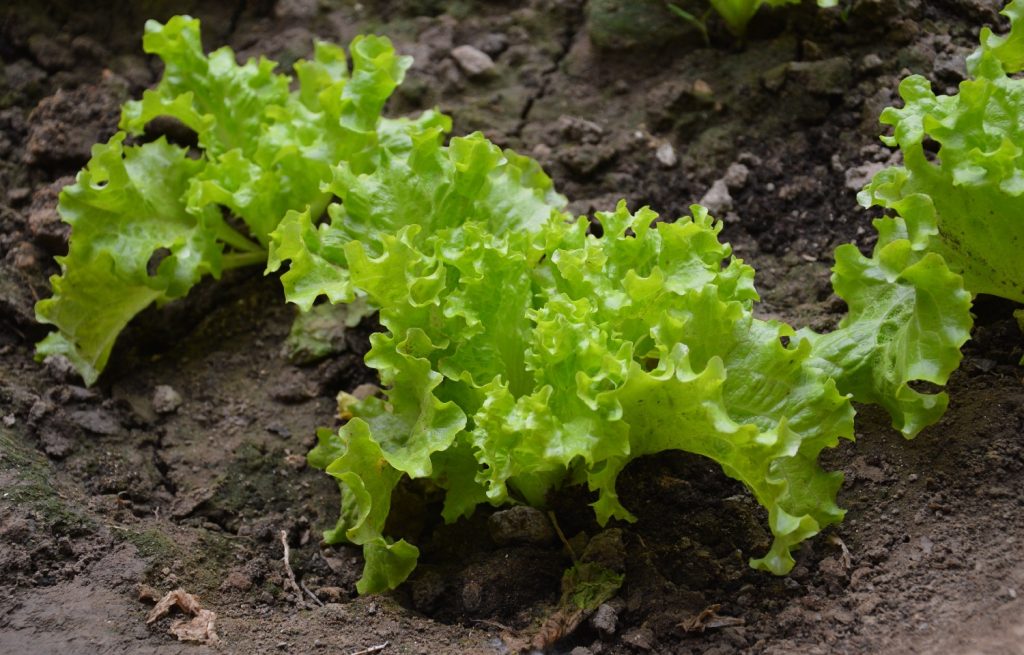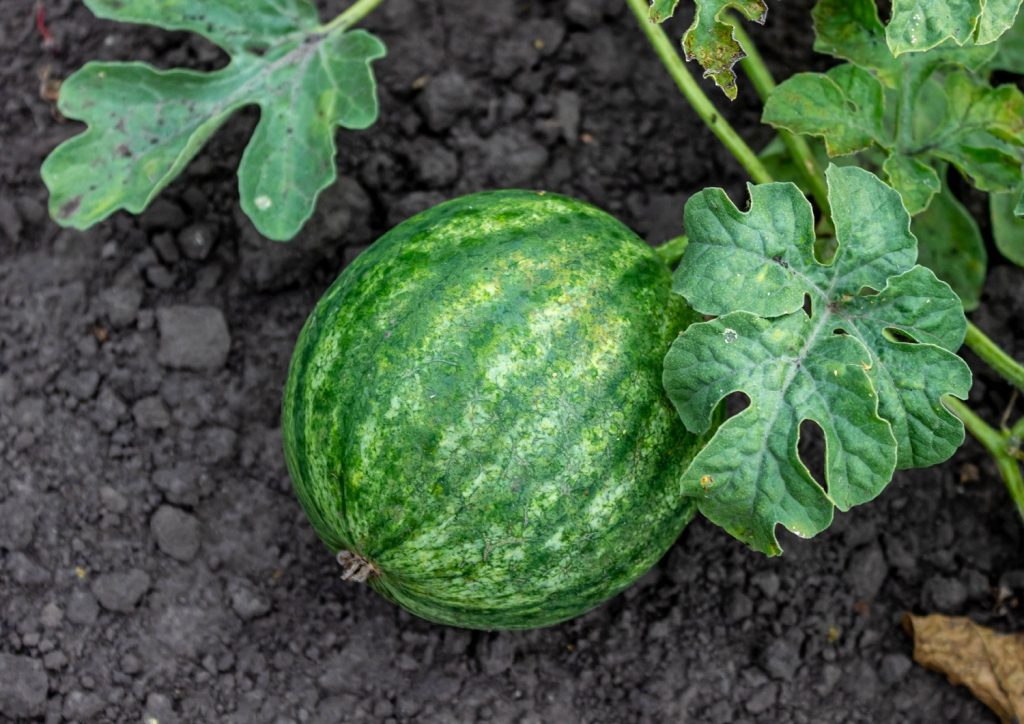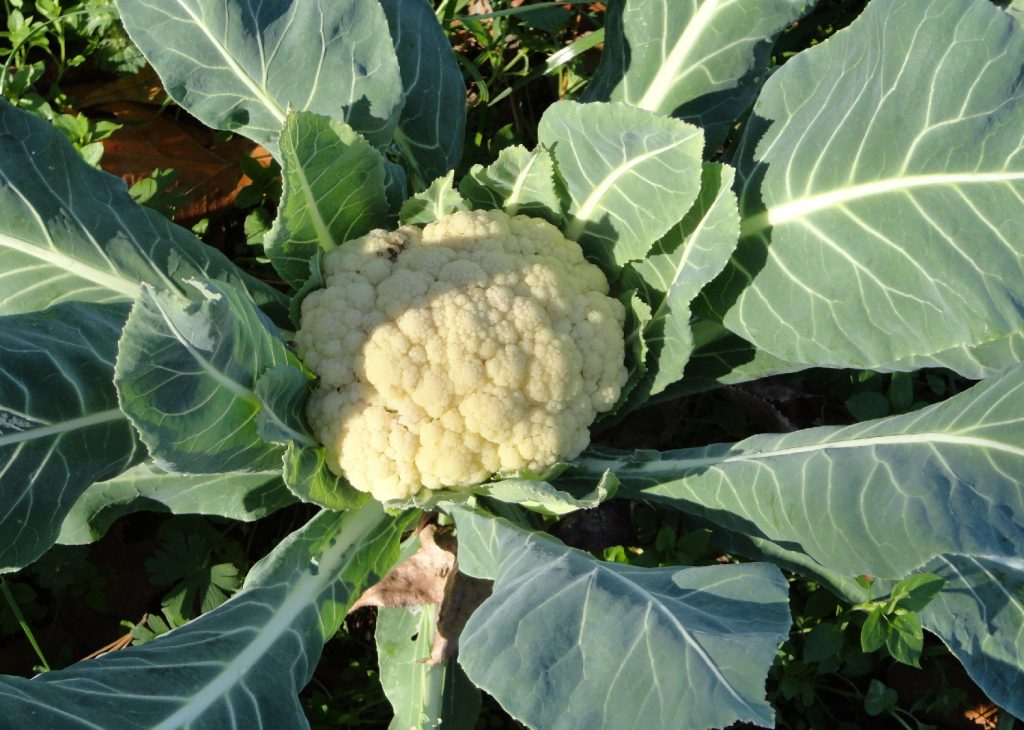The answer to the question of whether you should switch to a different crop after growing potatoes is a resounding yes, but knowing exactly what to plant after potatoes can be challenging.
Knowing about potato crop rotation makes deciding what to grow after potatoes simple. To put it simply, it involves selecting light or even medium feeders. By selecting these plants, you can increase the soil’s fertility because potatoes are a big feeder.
What can I plant after potatoes? Peas, which primarily consume phosphorus and potassium, will quickly aid the soil in replenishing its nitrogen level. But remember to add manure or compost to your garden soil.
This legume is best grown in well-mulched soil during autumn. If the soil isn’t as moist as anticipated, plant them a little deeper than their recommended depth of one inch. The peas should also eventually reach their full size if there are two inches between each seed.
This vegetable thrives in both full and partial sunlight. They grow best in sandy soil, which makes them perfect for planting after potatoes. Additionally, this biennial crop is also planted as an annual, so don’t let its classification fool you.
Parsnips take about four months to reach maturity, and the seedlings can start to appear as soon as two weeks after sowing the new seeds.
This herb thrives in full sunlight and loamy soil. Additionally, if you take good care of dill, in addition to being a light feeder, it will produce its own seeds every year. Plant them at a depth of 0. 25 inches, with each seed at least 18 inches apart from the next.
Additionally, keep planting dill seeds every two weeks or so to increase your season-long harvest. It should be noted that while it is acceptable to grow them close to cabbage and onions, it is not recommended to grow dill with carrots nearby.
Carrots are another vegetable that is suitable for planting after potatoes. Wait until early spring or just before winter arrives to plant carrots because they grow best in cool temperatures. These root vegetables prosper in sandy and even loamy soil, just like parsnips do.
Carrots should be grown in rows, with the seeds spaced at least an inch apart and buried half an inch deep. If everyone has a row between five and ten feet long, they will all have enough carrots to harvest and eat.
The fact that onions can grow in almost any type of soil may be their best quality. This vegetable will flourish as long as it receives direct sunlight. Early spring is the best time to plant them, but wait to harvest them until the fall to avoid the late spring frost.
Last but not least, how about some soybeans? Also known as edamame if you harvest them young, this vegetable prefers loamy soil that drains well and full sun. The seeds should be sown up to two inches deep and up to four inches apart.
People make delicious tofu and soy milk from edamame, which is advantageous for those who are lactose intolerant. Who wouldn’t want a plant that draws butterflies to their garden?
After you have grown your potato plants, you have a wide variety of crops to choose from. You can also grow clover, vetch, and leeks. What matters, though, is that you select plants that enhance soil health.
We anticipate that this list will benefit both your garden and crop. If you have any questions or comments, please leave a comment.
How Plants Feed
While some plants can thrive in sand, others require rich compost. The classification of plants as light, medium, or heavy feeders includes potatoes.
Meaning that because potatoes absorb a lot of nutrients from the soil as they grow, rich, fertile soil is necessary for them to reach their full potential.
The plants you grow after potatoes can assist in reintroducing nutrients to the soil in addition to amending the soil. Additionally, companion plants that you grow alongside your potatoes have the same potential.
You can grow potatoes in the same spot year after year by amending the soil and growing vegetation that will recycle nutrients into the soil.
If you manage to keep pests and disease away from your growing tubers, that is.
You’ll have a plentiful harvest if you grow nutritionally beneficial plants after your potatoes and companion plants with them in between.
As you combine them to maintain the health of your garden, you will also have access to a wider variety of fruits, vegetables, and flowers.
What to plant after potatoes to make the most of your garden space
After germination, potatoes can be harvested 90 to 120 days later. Your potatoes will be ready in May or June if you planted them in the early spring. After you’ve harvested your crop of potatoes, it’s critical to grow other plants to make the most of your garden space.
Because cucumbers grow quickly, they can quickly fill the gap left by your potatoes. These are vine-like plants with broad leaves that cover the entire surface. They need plenty of room to spread out. To save space, however, you can teach cucumbers to climb a trellis.
Burpless cucumbers are a popular choice among gardeners. Less cucurbitacin, the substance thought to be in charge of cucumber-related burping, is present in these cucumbers. Each plant typically produces 10 cucumbers per season, and cucumbers take 50 to 70 days to reach maturity.

After your potatoes have withered, plant lettuce seeds in the bare rows. After the seeds have sprouted, lettuce takes 6 to 8 weeks to mature. These are fast-growing vegetables with a good germination rate. In addition, lettuce’s small roots will aid in the soil’s nutrient retention.
In old potato rows, you can grow other leafy green vegetables if you don’t like lettuce. After planting potatoes, you can also grow other vegetables to make the most of your garden space, such as cabbage, kale, and endive.

Watermelons love the loose soil that potato crops leave behind. Because they use little to moderate amounts of nutrients, these plants can aid in the recovery of your garden soil between potato crops. What watermelons really need is water — no surprise there.
Watermelons require soil that can stay moist and drain well, which is exactly what potatoes prefer to grow in. You can avoid amending other areas of your garden’s soil by planting watermelons after your potato crops. 70 to 100 days after germination, watermelons are ready to be harvested. Each plant yields 4 to 5 melons.

Potatoes are frequently harvested later in the growing season, typically in midsummer, because they take so long to mature. When harvesting your potato crop in July, you can start indoor cauliflower in pots. When they reach a suitable size, you can transplant them to your potato rows to grow in your fall garden.
One of the best fall vegetables to grow is cauliflower because it matures quickly. In 50 to 80 days, you can harvest cauliflower from your transplants. Additionally, cauliflower has thin root systems that won’t steal nutrients from the soil’s deeper layers. They’re an excellent choice for a recovering potato garden.

What to Plant After Potatoes
You can grow cucumbers, sweet potatoes, winter squash, peppers, pumpkins, and melons if you harvest your potatoes in May. Okra, sweet corn, cucumbers, fall tomatoes, and winter squash are among the produce items harvested in June. Green beans, fall peas, onions, and kale can still be grown in July.
